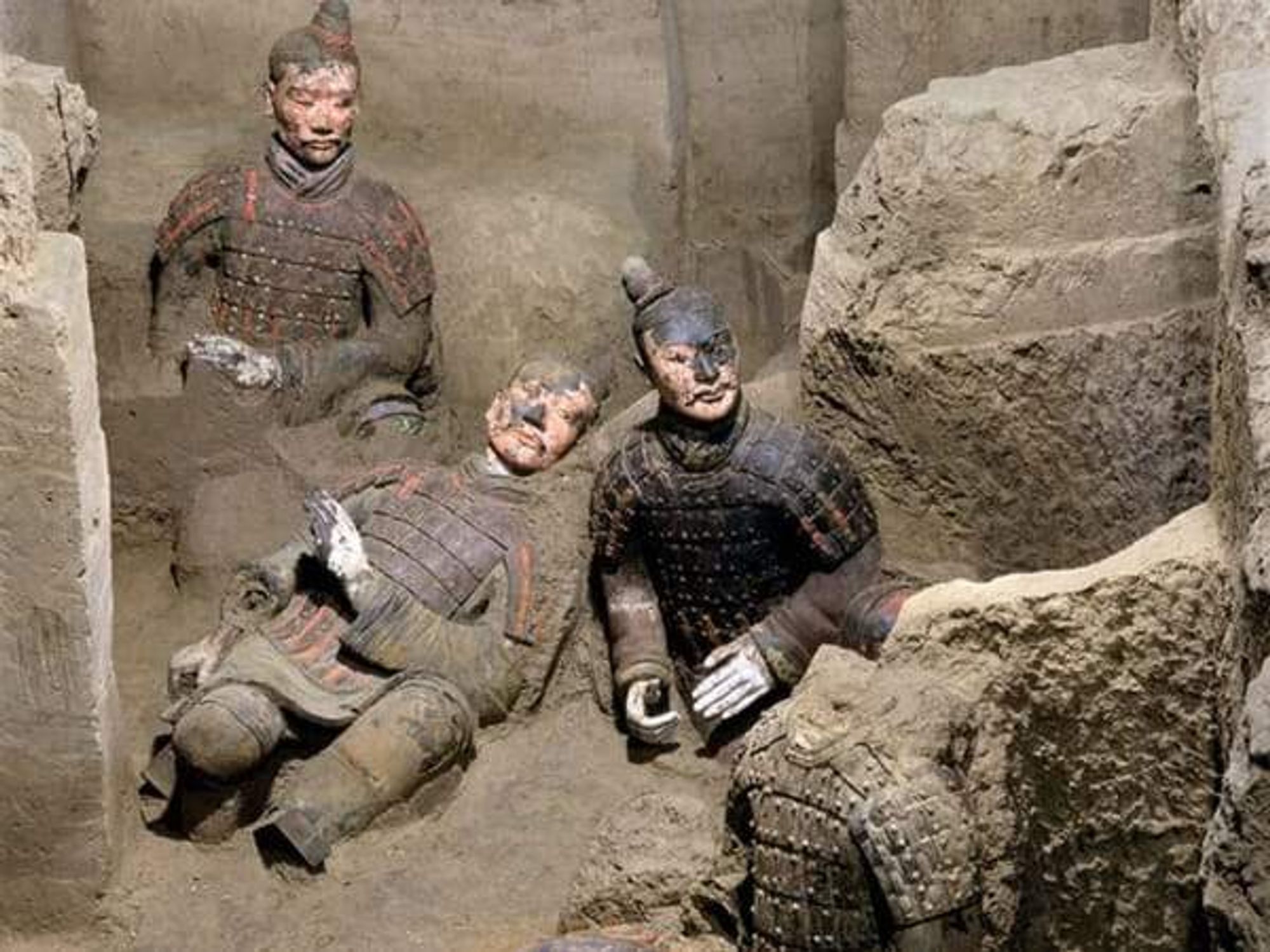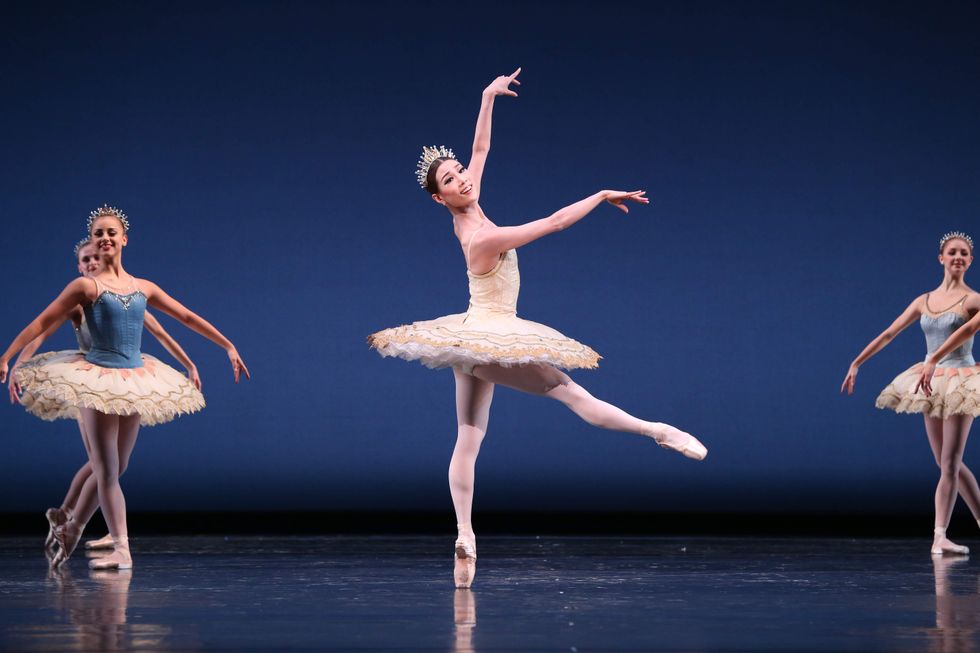Inside The New Alley
How successful is the Alley's new facelift? How the makeover of Theater District landmark turned out
There are good facelifts and there are really bad ones.
A good facelift gives the user a rested look, like being on a long vacation and, upon returning, friends notice something is different but nothing too drastic.
And then there's the too "pulled-back" look that occurs when way too much has been done in an attempt to recapture long-lost youth without success.
The Alley Theatre's $46.5 million facelift was officially unveiled at the opening night performance of One Man, TwoGuvnors last week, and while there are a few quibbles, the consensus appears to be that it was a good one.
In fact, some at the opening commented that, except for the new red carpet, the 46-year-old building looks much like it did before the makeover, which, in a city where nearly everything is torn down, is a positive thing.
If you look closer, some subtle changes have enhanced the theater-going experience — along with some complaints about excessive LED lighting and malfunctioning ticket-taking equipment — while officials say a large number of the improvements are backstage where the audience will never see.
Before the performance began, Alley managing director Dean Gladden noted that it was exactly 68 years ago that night that founder Nina Vance convened the first meeting after deciding to send out 214 penny postcards, asking, "Do you want to start a new theater for Houston?"
"So here we are celebrating her still today," Gladden said. "She has made this all possible and it is a thrill."
"Nina Vance was a pioneer of the American professional nonprofit theater movement," Alley artistic director Gregory Boyd added. "We hope that she's smiling down on us tonight."
Step inside
The fortress-like concrete structure designed by Ulrich Franzen and which opened in 1968, now looks a lot cleaner due to an intense powerwashing, but the entry on Texas Avenue seems much the same, with a glassed-in box office and winding stairway leading past an alcove featuring costumes from a recent production of As You Like It.
At the top of the stairs, long-time patrons and former employees noted how the configuration of the area near the Patricia Peckinpaugh Hubbard Stage, where Two Guvnors premiered, has changed. A former outdoor terrace that served as a smoking area has been enclosed as the Green Room for well-heeled patrons (smokers now have to go downstairs to an outdoor alley to inhale and exhale) while an outdoor terrace facing Texas Avenue, with a dramatic view of downtown Houston, has been opened up.
Perhaps the most striking change is an enlarged bar area, with a red wall background, that replaced offices. It served as a prime gathering spot on opening night.
And the change most gratefully noted is the larger restrooms (our Shelby Hodge counted 23 stalls in the women's area), so the line at intermission was much shorter and moved much quicker.
Men get an even better deal, with windows above a row of stainless steel urinals, thus getting an outdoor view while they do their business.
In other areas of the building, upgraded lobby elevators, added theater seating for the handicapped via newly installed lifts, and hand railings on all aisles also make the revamped space safer and more welcoming.
Donor signs everywhere
Someone has to pay for the improvements, and with very little government funding for the arts in Houston or Texas, the Alley looked to prominent donors, rewarding them with naming rights to just about every spot in the building.
Theatergoers come in through the Lynn and Oscar S. Wyatt entrance on Texas Avenue, gather in the Meredith and Cornelia Long Lobby outside the Hubbard Theatre, have drinks at the Nina and Michael Zilkha Skyline Lobby, enjoy outdoor views at the Chao Family Terrace, peek into the Connie and Roger Plank Family Greenroom and gaze up at the Margaret Alkek Williams Terrace Level on the fourth floor.
Entrances into the Hubbard Theatre are named for Kitty King Powell and Ken and Mady Kades, while the stage door is named for ConocoPhillips.
About the only spaces not named for someone are the restrooms, and if I had the cash I would certainly pony up to have the men's room named for me. If I win the lottery......
The main stage
The Hubbard Theatre lost 50 seats in the redo, but it's hard to tell, since the layout appears similar with new amply cushioned seats and good sightlines to the stage. One longtime usher notes that the new theater feels more contained.
"The back wall is pretty flush with the seats whereas before there was a lot of room between the side entrances and the seats. In fact, for many years they had a bunch of riser seats in the back for late comers that they could move around as needed," she says.
"It feels more like the stage fills the space more. In one way it feels like there’s less room for patrons to wander — or get lost — inside the theater, but in another it feels like there’s less useless space."
Alley officials have noted that the new configuration places more than 60 percent of all seats in the first 11 rows, allowing for a more intimate theater-going experience.
A lot of the big changes have come backstage, with areas to store and move scenery, bigger rehearsal spaces, an orchestra pit, more bathrooms and resting spaces for actors and actresses, and state-of-the-art computerized rigging and communications equipment.
The main complaints we heard from theatergoers on opening night and into the weekend centered on long lines to get in as ticket takers' scanning equipment didn't always work properly and the super-bright enhanced LED lighting that eminated throughout the complex.
"I could have performed delicate surgery under those lights," one theatergoer remarked on Facebook.
But that's something that officials hopefully can adjust.







